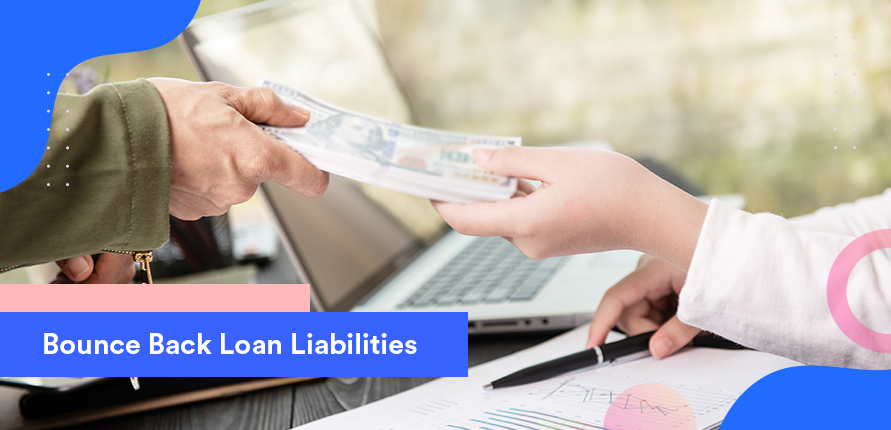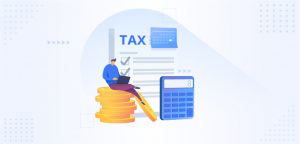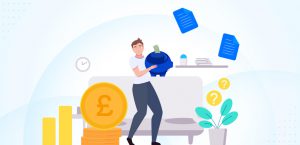
Understanding Personal Liability & Director Liability
Bounce back loan is a new fast-track loan scheme for small and medium businesses to sustain their operating costs. Chancellor Rishi Sunak assured that the application process would be quick and smooth, with businesses receiving funds within 24 hours of submitting their application. However, the loans have so far fallen short of these high standards.
To unfold the Bounce Back Loan;
- The loan is aimed at small businesses
- It provides companies with loans worth up to 25% of their annual turnover,
- The uppermost limit is £50,000.
- They are interest-free for the first 12 months, after which a competitive rate of 2.5% is charged and set for up to six years.
The government provides a guarantee for the whole loan amount, reducing the burden for lenders.
The catch is to have fewer banks like:
Adams & Company Bounce Back Loan
Bank of Ireland Bounce Back Loan
Bank of Scotland Bounce Back Loan
Understanding the Bounce Back Loan liability
Metro Bank Bounce Back Loan etc., being authorised to have you lend the loan, and they are known to prioritise their own business clients. As a result, thousands of small firms, even though they otherwise follow the lending conditions, are unable to qualify for a Bounce Back Loan.

The government provides banks with 100% security for BBLS loans; however, it is your responsibility to repay the loan after monthly repayments begin, following the initial 12-month grace period.
Since the government is offering the banks with assurances for the whole loan amount, as a business director you would not be required to offer a personal guarantee to underwrite the borrowing. This is incredibly beneficial particularly if your company is unable to recover from the effects of Covid-19 or otherwise finds itself in financial distress at a later date.
If the company becomes insolvent (If you think your business is or is going to become insolvent, you should pursue professional legal advice. You should also contact the insolvency service and then follow a legal insolvency scheme, such as Creditors' Voluntary Liquidation. The responsibility for paying back the Bounce Back Loan remains entirely with the company, and liability cannot and may not be passed to directors or other lenders as long as they perform their statutory and fiduciary duties as directors. This ensures that there is no damage to a director's personal assets or personal credit rating if their business is unable to repay the loan.
What is the aim of a Bounce Back Loan?
- The loan must be used in a manner that benefits the company financially.
- This could include increasing working capital and strengthening overall cash flow.
- The loan amount may be used to pay salaries, but it cannot be used to raise them or to pay dividends until there is sufficient profit showing on the balance sheet.
Can I pay my debt by Bounce Back Loan?
Yes, the loan may also be used to refinance current debt, BUT you should proceed with caution if you want to do so. I would strictly recommend you avoid using the loan proceeds for giving out a fresh loan to anyone including the director(s).
If a business with a considerable amount of current debt owing to several creditors, a portion of this loan is individually secured, while the remaining is unsecured. If you prefer to pay off only liabilities that are personally guaranteed while leaving unsecured creditors unpaid, this is likely to be seen as an act of misfeasance by the exercise of a 'preference.
Also, remember you will be personally responsible if the company is to be liquidated in this case.
What to avoid?
Bounce Back Loan Director Liability:
We have heard that some people have applied for bounce-back loans for their businesses and then used the funds to pay off their debts, either corporate or personal. It makes sense to pay off company debts where possible, but you must exercise extreme caution if you do so to the detriment of your creditors.
So, for example, if you use a bounce-back loan to repay your sibling, who lent you money to the business a few years ago, rather than paying the HMRC or a bank loan, you are essentially being biased. That is, preferring one borrower to another, which can be changed by a liquidator at a later date, perhaps up to 20 years later!
Bounce Back Loan Personal Liability:
However, be careful that if you used the loan to pay off personal loans, it is likely that you committed fraud. If the company is unable to repay the loan, a bank or a liquidator can look at where it went and claim that it was "stolen" from the company. The veil of incorporation will be lifted, and you will be personally liable for the debts. Furthermore, you could be banned from functioning as a director of a company. So, in a nutshell, it is not worth it.
If you need to deal with personal loans, Debt Management Plans, IVAs, or Bankruptcy are the best options! It is crucial to seek assistance from a licensed insolvency attorney ahead of time to avoid inadvertently violating the laws governing preference payments.












